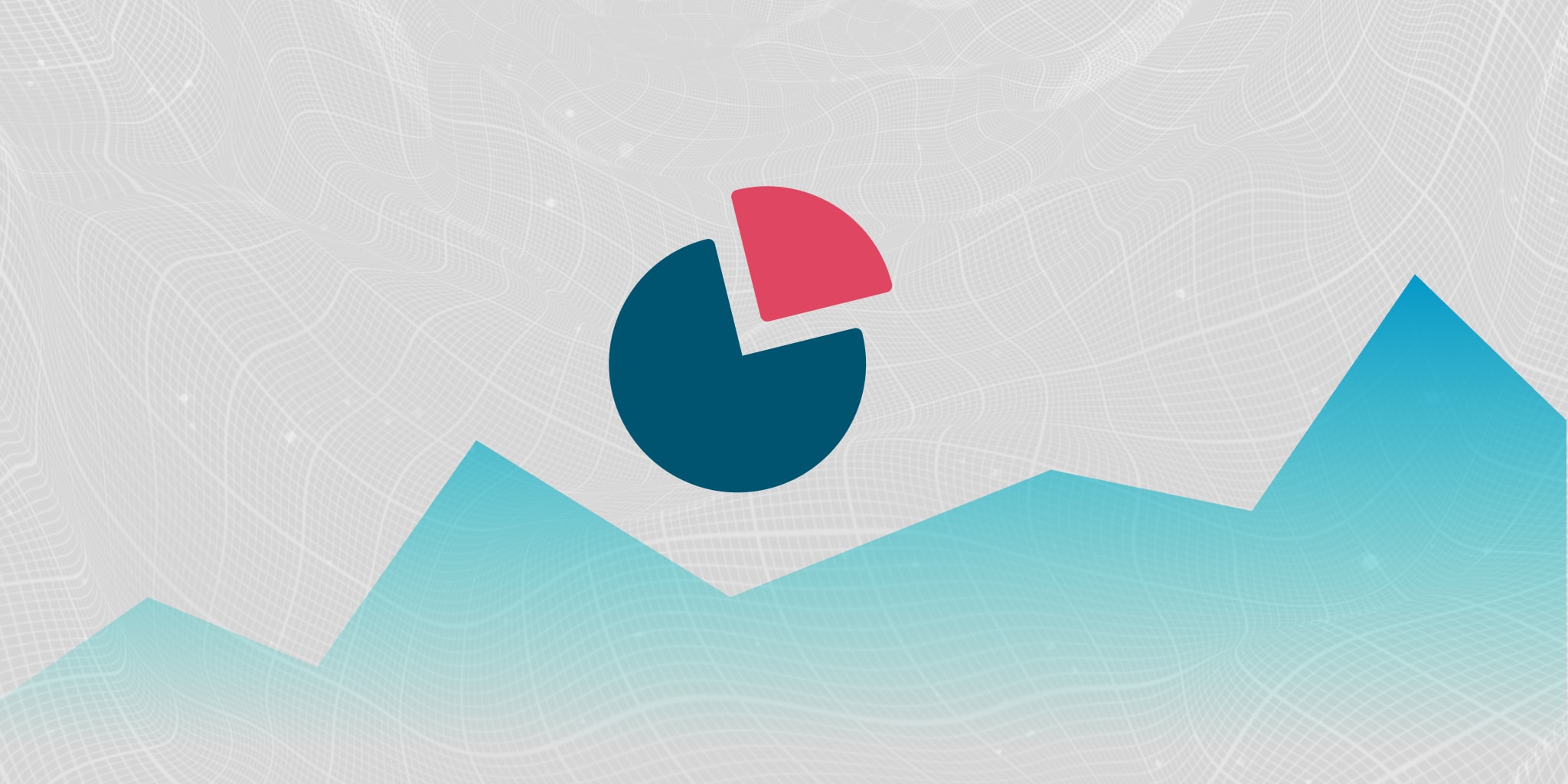September 14, 2020
Join Us to Learn How to Build Business Forecasts Using Microsoft Excel with 10X the Data and 20X the Speed
Having spent the better part of 20 years in data analytics, I consider myself fairly savvy in the world of data transformation, complex financial models, and best practices for data visualization. As someone knee deep in the latest and greatest technology, it’s easy to forget and sometimes diminish what business analysts do on a day-to-day basis with data and analytics tools.
Here’s an example. My wife and I were both working from home one day, and she asked me, “How do I get the F2 key to do the same thing in Excel that it does at work?” OK, sounds pretty straight forward, so I walk over to my wife’s computer prepared to be her personal IT department. I asked, “OK, what are you trying to do?” It turns out that at her office, she works on Windows terminals that have remote access to Windows desktops. At home, she has to establish a remote desktop connection from her Mac Mini. Invoking F2 involved some keyboard ninja. After we figured it out, I asked, “Why did you need that F2 anyway?” So she ninja’d F2, and it showed the cell reference to every cell value that the function used. It was pretty complex. You see, she’s Accountant Supervisor and has spent her 20+ year career working in the data industry as well. So I asked her, “Why don’t you use Google Sheets for this?” She gave me a glare that only those of us with 20 years of marriage would understand.
What this short interaction reinforced to me was simple. People all around us are extremely data analytics savvy in their own world with their own data. They don’t care where the data is. They don’t want to learn a new tool. They need to execute their day-to-day, mission critical tasks with minimal disruption. At the same time, the companies they work for have to deliver to them better data in the form of lower latency, more detail, deeper scale, faster results, etc.
While we technologists pursue hybrid cloud computing, machine learning, artificial intelligence, and the next wave of technological innovation, we can’t leave behind those really working on the analytics with today’s technology. The business analyst is the healthcare worker monitoring asset utilization, the store manager putting in special orders, or the accountant reconciling the ledger during tax season. They are all making important decisions working with the data that they have.
AtScale fundamentally believes that the way you present data and the way that data is used is as important as the advancement our industry has made around the scale, compute power and data locality. OLAP might be an old fashioned term, but it’s really multi-dimensional analytics. And, that’s not just “slice and dice”. It’s really easy to sum revenue and group by department. But, what it means is tracking patients, inventory and weather by some common attribution like hospital and date. Oh, and inventory comes in once a week and patients come in every hour. It means trying to predict demand and managing the supply chain for a special order application. It means reconciling the general ledger to the forecast and actuals because forecasting is happening at a district level and offices can belong to multiple districts.
We hope when you consider embarking on those new digital transformation projects, that you don’t forget those who will need to use that data. Make that data usable, fast and accurate – while scaling to new heights, embracing the cloud and governing security. That’s what AtScale is for – providing a single virtual business view of the data when the data might reside on different platforms, stored at different levels of granularity, secured by different governance policies. AtScale’s Autonomous Data Engineering™ makes this possible by optimizing anticipated business queries.
And, take my advice, don’t try to pry Excel away from an accountant.
NEW BOOK